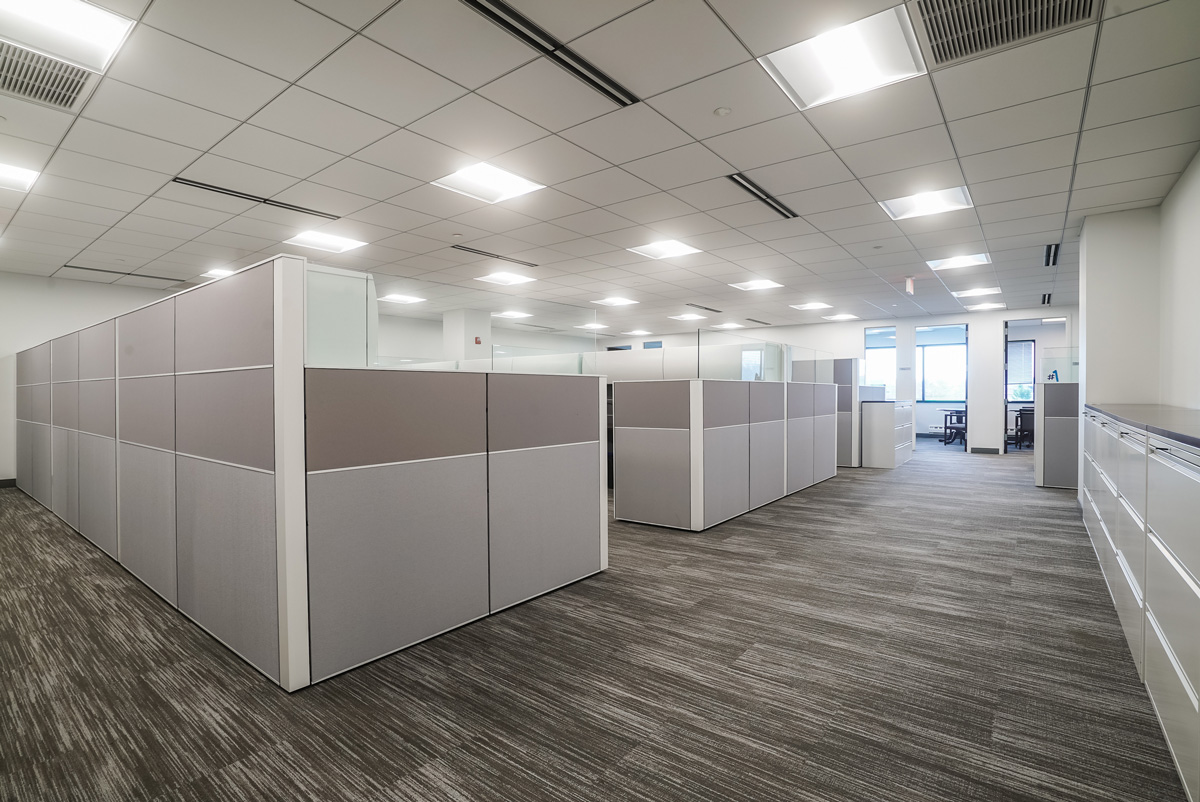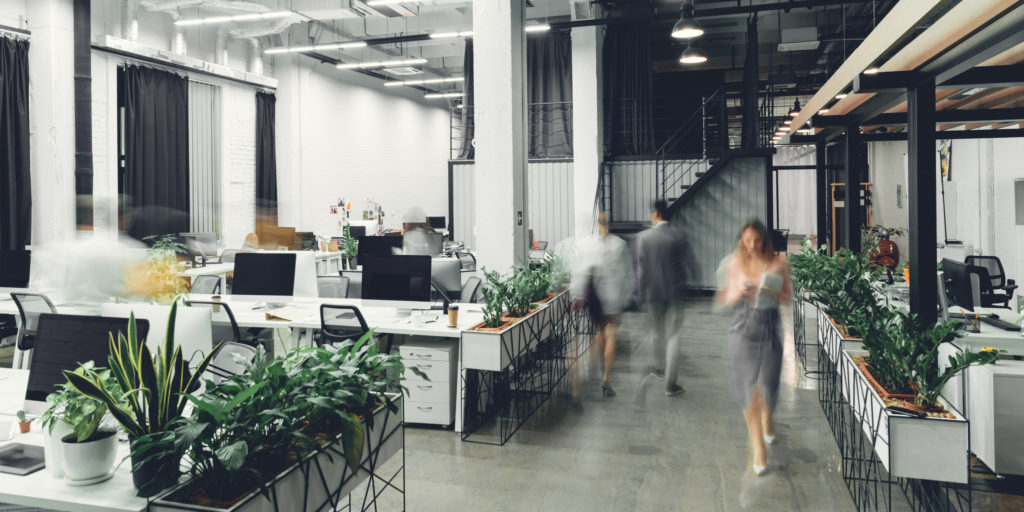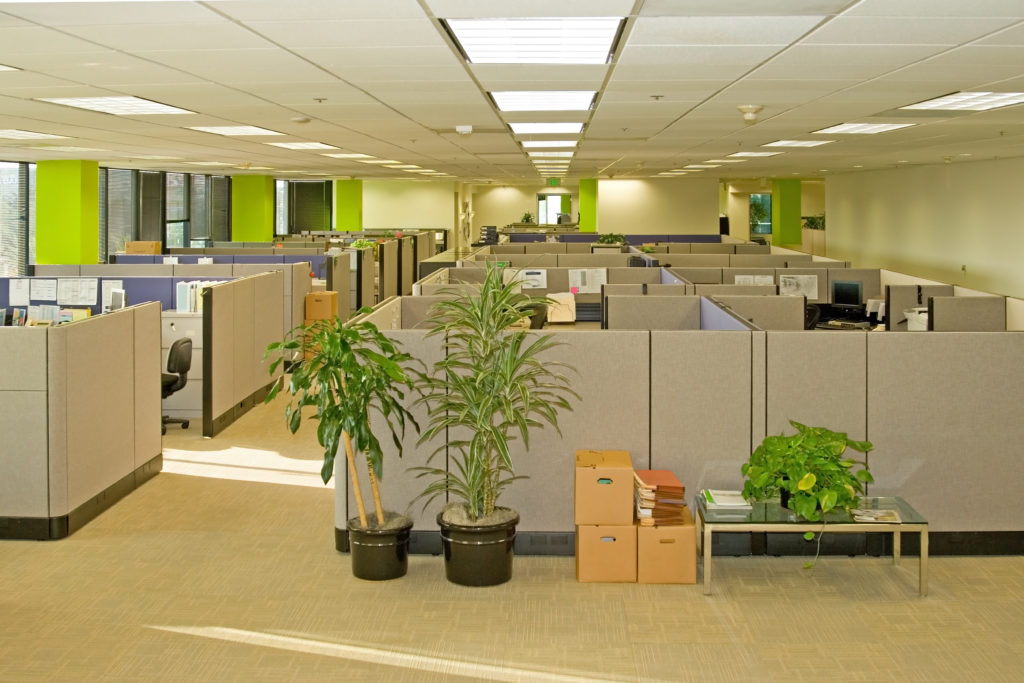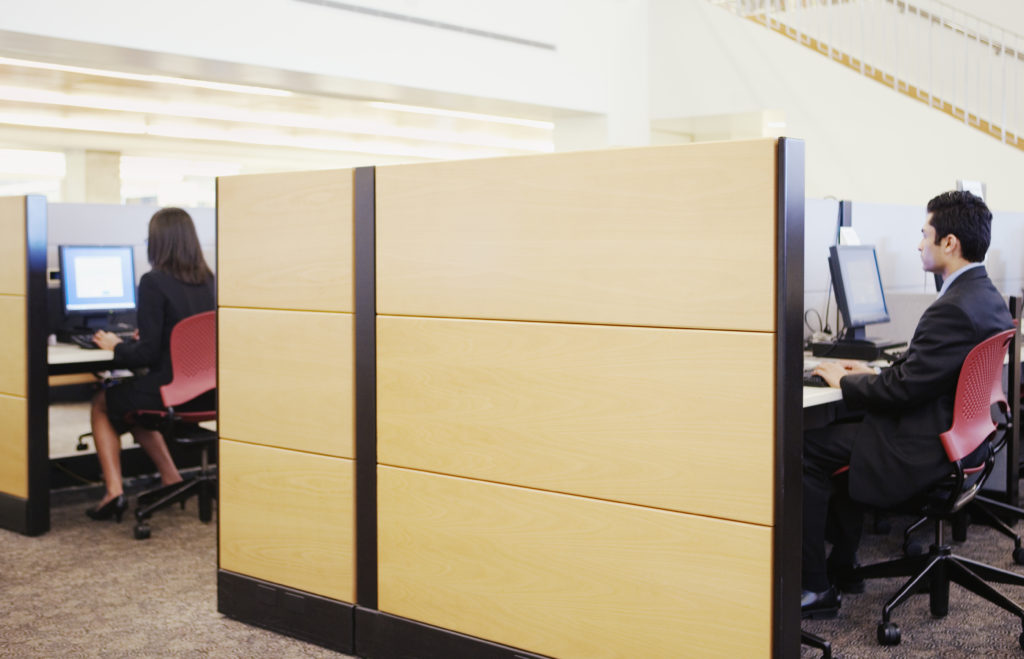
Are you looking to furnish a new office space and need some ideas for the individual spaces of your employees? Have you considered incorporating office cubicles into your layout? In this article, we will discuss how office cubicles can both help keep privacy and encourage collaboration amongst your employees.
At Indoff Commercial Interiors, located in El Paso, TX, we offer both used and new furniture, including but not limited to office cubicles, chairs, and tables. If you want to furnish your office space, call us at (915) 355-0120 or contact us online today!
Optimize Your Workspace
Unfortunately, not everyone can have an office to themselves but that doesn’t mean they can’t have their own secluded workspace. Office cubicles are a great furnishing move to make when your goal is to create a productive and comfortable work environment for your employees. Read below for the benefits of incorporating office cubicles in your business.
- Personalized Comfort- Much like with an office, your workers can personalize their office cubicle with decorations, pictures, and plants to make it more comfortable. Employees who work in a comfortable and ‘homey’ environment can improve job performance.
- Privacy to Focus- The walls of El Paso office cubicles provide a physical barrier to block out noise. When a worker needs concentration for a project, the walls give them the privacy they need to focus on their task.
- Collaboration Amongst Neighbors- Office cubicles provide a layout for easy collaboration amongst employees. The coworkers are within close distance of each other and can brainstorm or collaborate with ease.
- Open Accessibility- Office cubicles usually have three walls; this layout allows for an equal amount of privacy and accessibility. Team members can have face-to-face conversations thus creating a more positive atmosphere.
- Cost-Savings- As your team grows, so does the need for space. Rather than undergoing major construction to create individual offices, cubicles are a more cost-efficient solution.
- Efficient Space- The designs of office cubicles are made to maximize space efficiency. For small to medium-sized businesses, these can reduce space requirements and utilize more open space.
Office Cubicles from El Paso
At Indoff Commercial Interiors, located in El Paso, TX, we offer both new and used office cubicles to businesses who are looking to expand their workstations. From desks to chairs to cubicles, we have what you need to create a comfortable office space. Call (915) 355-0120 today for more information.
 Offices have a long, storied past. It’s where great deals are made, and where world-changing inventions come to life. But how did we arrive at the modern office? And where are offices going in the future? Today, we’ll delve into the history of the modern office to see if we can uncover any secrets to this crucial piece of modern society. If you’d like to convert your office into a more efficient, comfortable, and professional space, then
Offices have a long, storied past. It’s where great deals are made, and where world-changing inventions come to life. But how did we arrive at the modern office? And where are offices going in the future? Today, we’ll delve into the history of the modern office to see if we can uncover any secrets to this crucial piece of modern society. If you’d like to convert your office into a more efficient, comfortable, and professional space, then 
